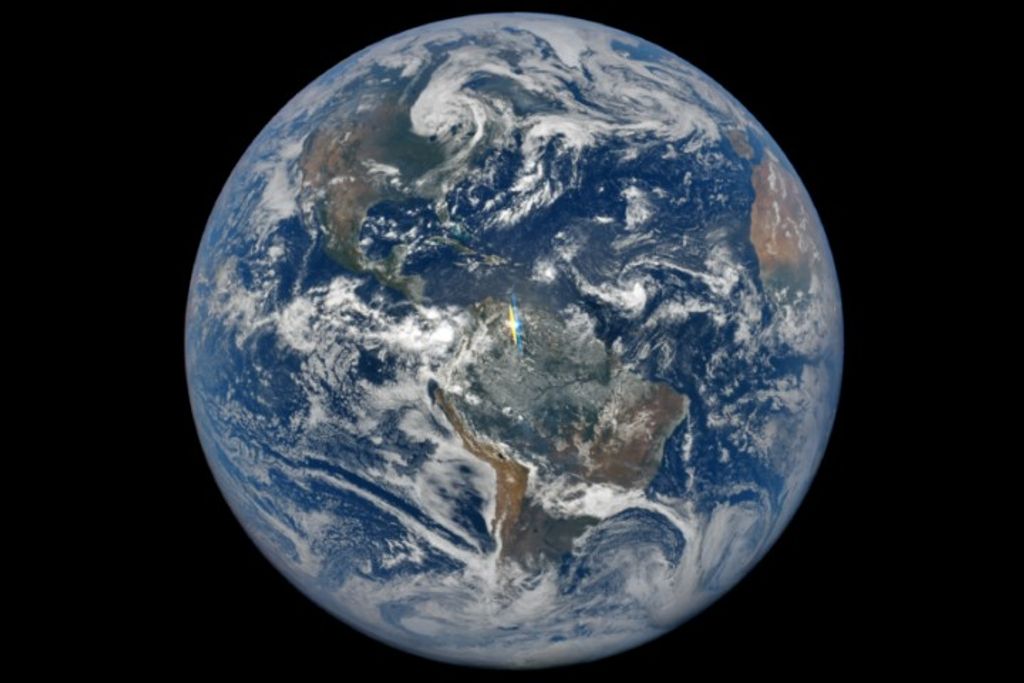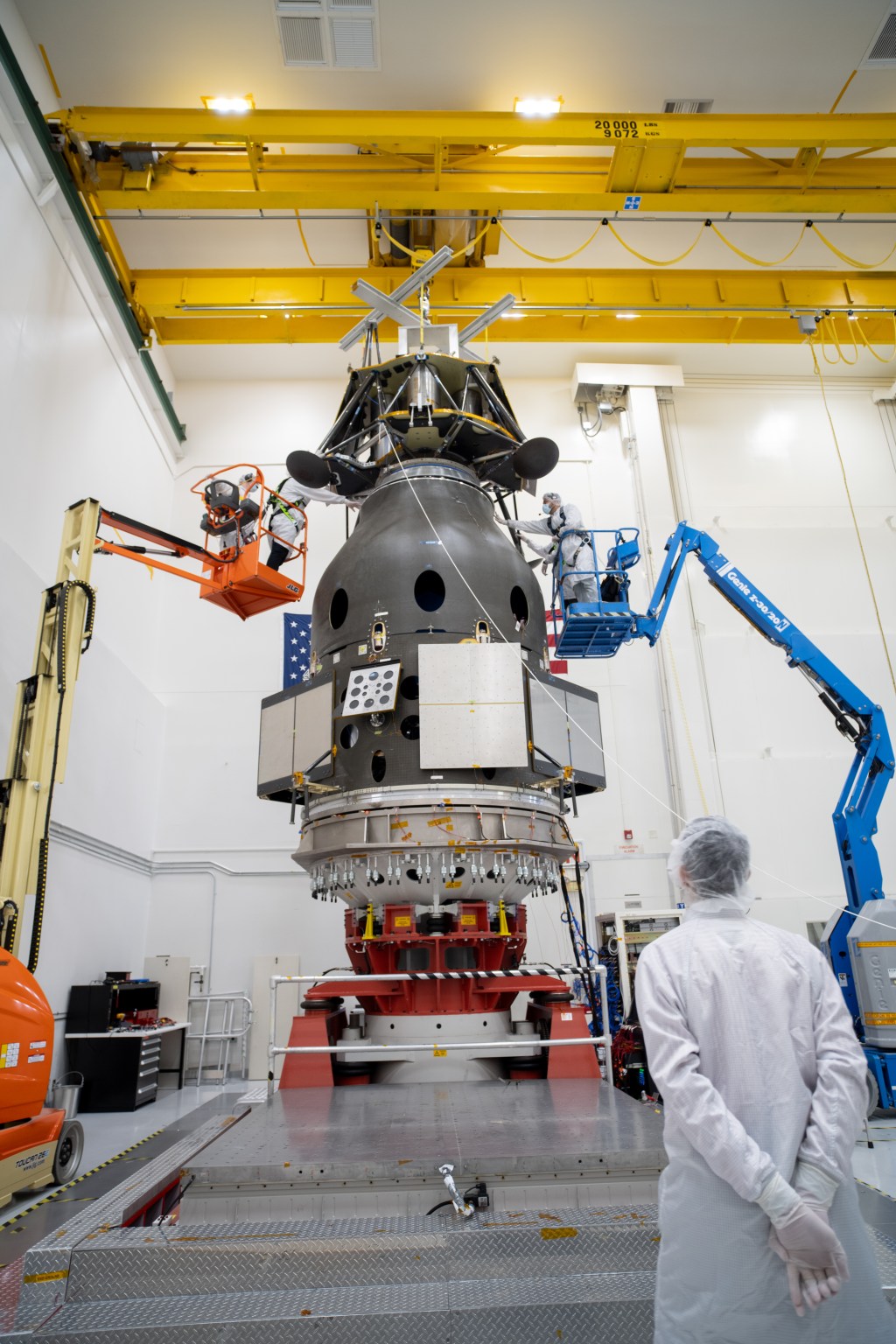1 min read
Hot Blue Stars at the Core of Globular Cluster M15

A NASA Hubble Space Telescope (HST) image of the center of globular cluster M15 reveals anew population of about 15 very hot stars isolated at the core.
The most likely explanation for their existence is that they are the 'naked cores' of stars that have been stripped of their outer envelope of gas. This could only have happened if stars were so crowded together in the cluster's core they can gravitationally pull material form each other.
The image is approximately two light-years across. Most of the blues stars are concentrated within 0.5 light-years.
Hubble's discovery of such stars lends new weight to the notion that the evolution of a star can be affected in very crowded stellar conditions.
This stellar cannibalism could only take place where stars are so crowded together that chances for close encounters are exceptionally high. The blue stars are interpreted as evidence that the core of the star cluster has contracted to an extremely dense condition called "gravitational collapse."
M15 (15th object in the Messier Catalog) is located 30,000 light-years away in the constellation Pegasus, and it is visible to the naked eye as a hazy spot 1/3rd the diameter of the full moon.
About the Object
- R.A. PositionR.A. PositionRight ascension – analogous to longitude – is one component of an object's position.21h 29m 58.38s
- Dec. PositionDec. PositionDeclination – analogous to latitude – is one component of an object's position.12° 10' 0.59"
- Object NameObject NameA name or catalog number that astronomers use to identify an astronomical object.M15
- Release DateJune 9, 1993
- Science ReleaseHubble Finds Evidence of Stellar Close Encounters: Bright Blue Stars and Naked Cores
- Credit
Related Images & Videos

A Stellar Close Encounter at the Core of Globular Cluster M15
The sky is ablaze with several hundred thousand stars in the imaginary view from the surface of a hypothetical planet at the center if the globular star cluster called M15 (located 30,000 light- years away in the constellation Pegasus). The average distance between stars is a...
Share
Details
Last Updated
Aug 17, 2025
Contact
Media
Claire Andreoli
NASA’s Goddard Space Flight Center
Greenbelt, Maryland
claire.andreoli@nasa.gov




























